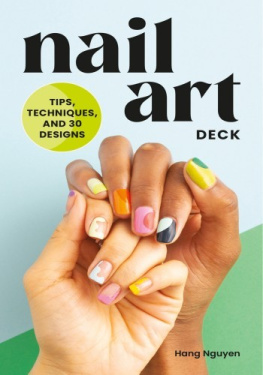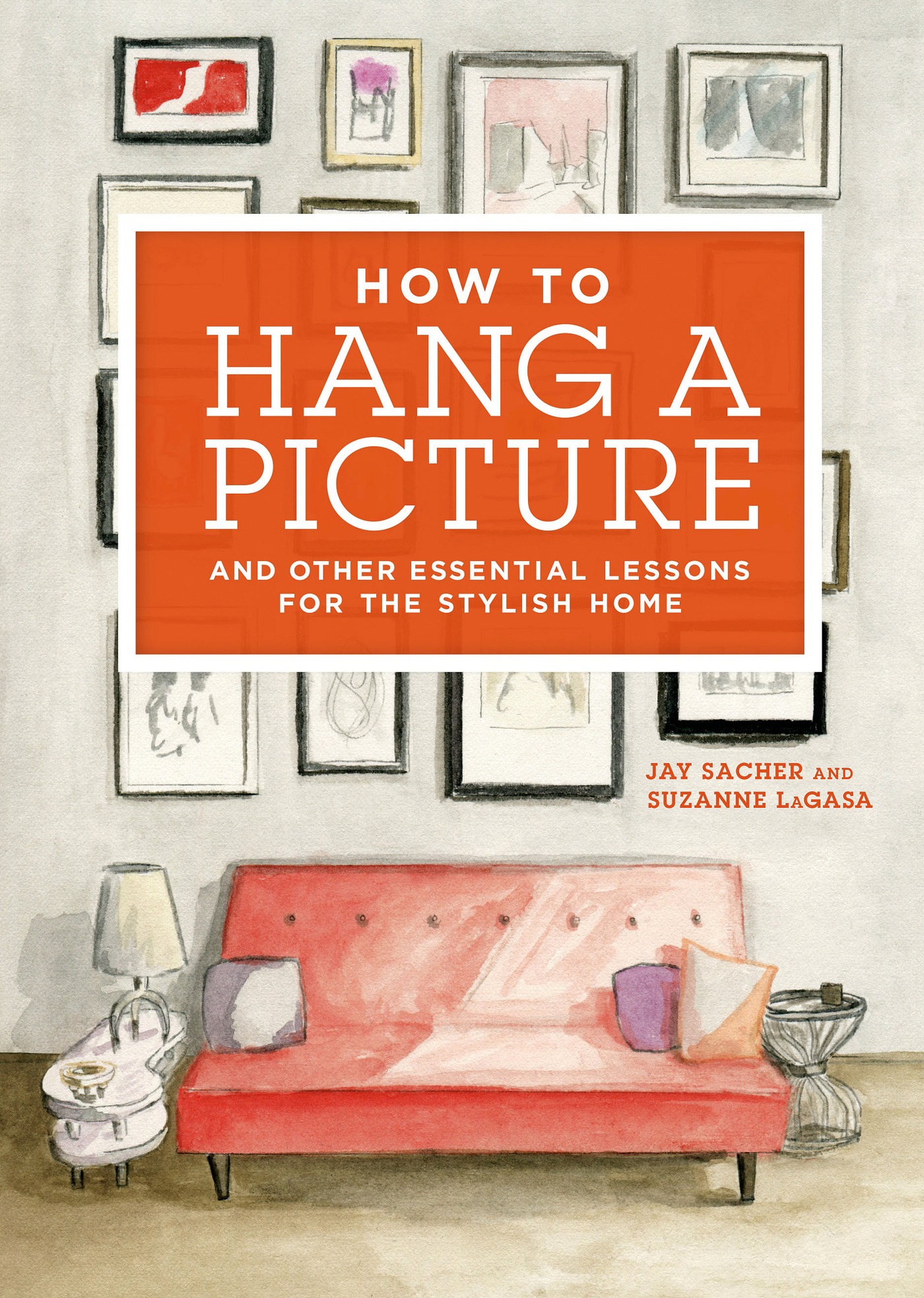
The author and publisher have provided this e-book to you for your personal use only. You may not make this e-book publicly available in any way. Copyright infringement is against the law. If you believe the copy of this e-book you are reading infringes on the authors copyright, please notify the publisher at: us.macmillanusa.com/piracy.

Contents
FOREWORD
AS A FREELANCE WRITER AND MAGAZINE EDITOR, Ive interviewed scores of homeowners over the years. No matter what the size, interior style, or locale of their abode, one of the things I most enjoy learning about is the art on the walls. The narrative behind a painting, print, or photograph can be fascinatingwhether it is a family heirloom, travel souvenir, work of a friend, or is salvaged from the street. For me, these tend to be the elements that make a home unique and a true reflection of its inhabitants.
At Anthology, we receive a lot of scouting images of residences to consider for publication. The more art I see in a space, the more stories I imagine being able to extract from the homeowner and subsequently share with readers. But I have a confession to make: In my own home, Im often at a loss on how to display art. Regardless of how much I analyze a picture of a seemingly perfect salon-style wall, I cant quite translate the look and feel into my own interior. I find the process of hanging art rather daunting, from start to finish.
How do I choose the mat and frame and glass for this piece? Maybe I should consider a shadow box? What if I hang this painting above the bench and people accidentally rest their heads against it? How do I figure out the hanging mechanism for this very heavy piece? Whats the best way to arrange these five things together? Would a single paint color or wallpaper work as the backdrop to this art? Do I need a unifying theme or palette for a grouping? Is there any chance Im going to hit a pipe if I hammer this nail into the wall?
The list of questions is endless! (That last scenario with the burst pipe actually did happen to a friend of mine.) Sure, there are some walls in my home that, after five years, are finally adorned with art. But in most cases, I agonized over the frames and placement. And I still have a ways to go in the art department. For instance, if you open the built-in cabinet in my living room, youll find a variety of printsstill in their protective envelopes, waiting to be displayed. In my bedroom, there are a couple of works on the floor, leaning against the wall rather than gracing it.
Alas, I think there is hope for meas well as others in a similar predicament. With How to Hang a Picture: and Other Essential Lessons for the Stylish Home, Jay and Suzanne provide a cure for the empty-wall syndrome that afflicts so many of us. Reading this book is like having a personal consultant guide you through every step of the display process, including answering many of the questions that have crossed my mind.
Im convinced that if this book existed when I moved into my current house, the artwork wouldnt have been one of the last decor matters to be addressed. Better late than never, though, right?
Anh-Minh Le, Editor in Chief
ANTHOLOGY MAGAZINE

WHERE

SOME THINGS IN LIFE ARE EASY . Some things just seem easy. Consider brewing a pot of coffee, or tying a Windsor knot. These are simple acts, the kinds of things people do everyday. Theres nothing inherently difficult in the processes behind them, but the fact is that some people do indeed do them better than others. Why is that, exactly? Luck? Skill? Better materials? More practice?
So it is with the seemingly simple act of hanging a picture on a wall. Art on the wall is a tricky thingit satisfies many, and sometimes contradictory, needs. Is it just a pretty thing on the wall, or is it something greater and grander? In a museum or at a gallery, your role as a visitor is clear: Youre to focus your attention on the great works on the wall. Youre to experience the work, concentrating and enveloping yourself. Waiting, as Tom Wolfe says, for something to radiate directly from the paintings on these invariably pure white walls, in this room, in this moment, into [your] own optic chiasma. But what about art in your kitchen? Or your study? How much attention do you need to give to that painting on your wall while youre doing your taxes or feeding your cat? Is it just decor to be glanced at out of the corner of your eye, or is it something more?
Charles Baudelaire once said that art should contain an element of the eternal and an element of the transitory. If were going to be high-minded about it, providing solutions to that conflict is what this book is about. Art should transport us and enlighten us, but, as a part of ones home, it needs to look good on purely aesthetic grounds, it needs to match the wallpaper, so to speak. An integral part of marrying art to the home (or the office, or the studio) is in how that art is displayed. How do you hang a picture and make it look good both as a piece of art and as decor? Like many simple acts, theres a science at work in hanging art that, when completed with care and consideration, can become a hallmark of personal style. This little book is your mechanical spec sheet for that process.
There is no single right way to hang a picture. There are however, plenty of wrong ways. How to Hang a Picture is designed to help you develop a sense of whats right for your own personal style. Its also a nuts-and-bolts how-to manual. We approached the subject as novices wouldwhat would you need to know if you had no framework on which to base your visual or technical judgments? Just as a grammarian might parse the lines of a poem, we pulled apart the simple act of hanging a picture to detail the undercarriage of aesthetic principles and technical skill that compose this most basic aspect of adorning your home.
We began by speaking with the experts. From gallery owners and professional art curators, to interior designers and building contractors, to artists and photographers themselveswe wanted to know what they practice when hanging art. The goal was to map out what works the best and looks the best for the least amount of money. Straightaway, we discovered that there are basic principles to follow when hanging art on your wall, and there are plenty of tips and tricks that can help you with everything from DIY framing to securing heavy art on a wall. Along with the technical know-how weve compiled, we reached out to our friends and colleagues, imploring them to send us photos of walls they adore (in their home or elsewhere), or to send us their personal design solutions for hanging art in tricky spaces, from the narrow hallway to the brick-walled city studio. The watercolor illustrations in the book are inspired by these real homes and real spaces around the worldour hope is that by seeing how other people have utilized the basic know-how weve compiled in this book (or how theyve completely avoided the rules), youll be inspired to create your own unique spaces.

















